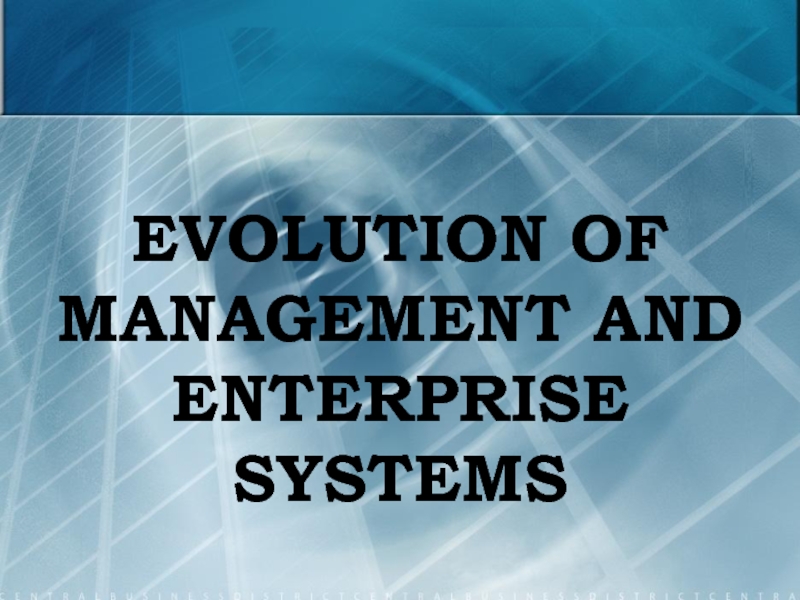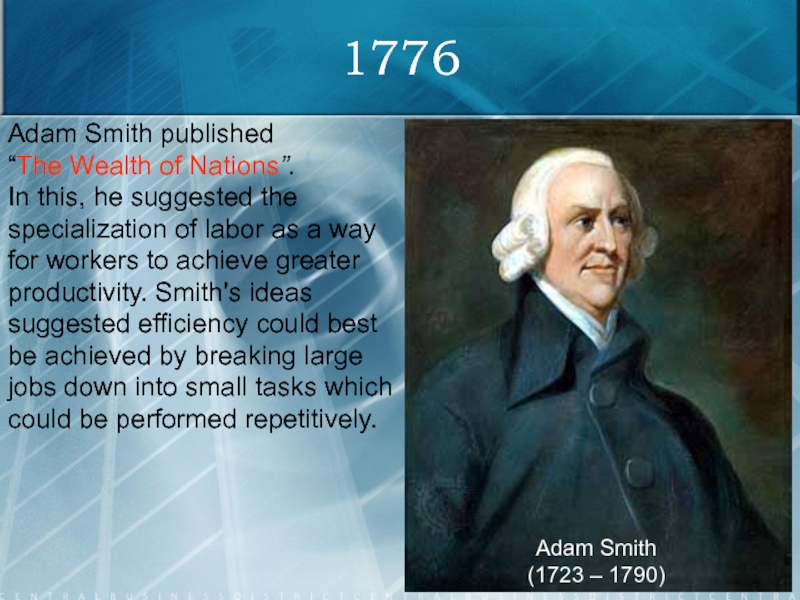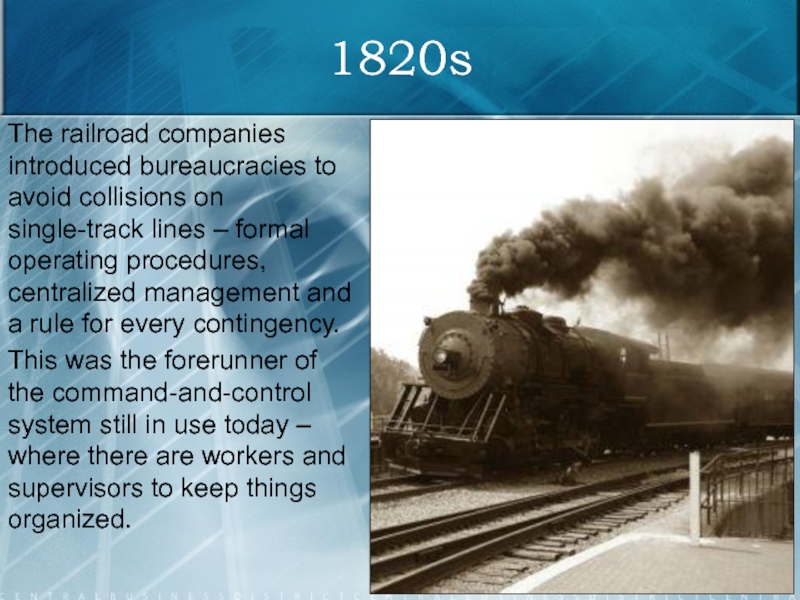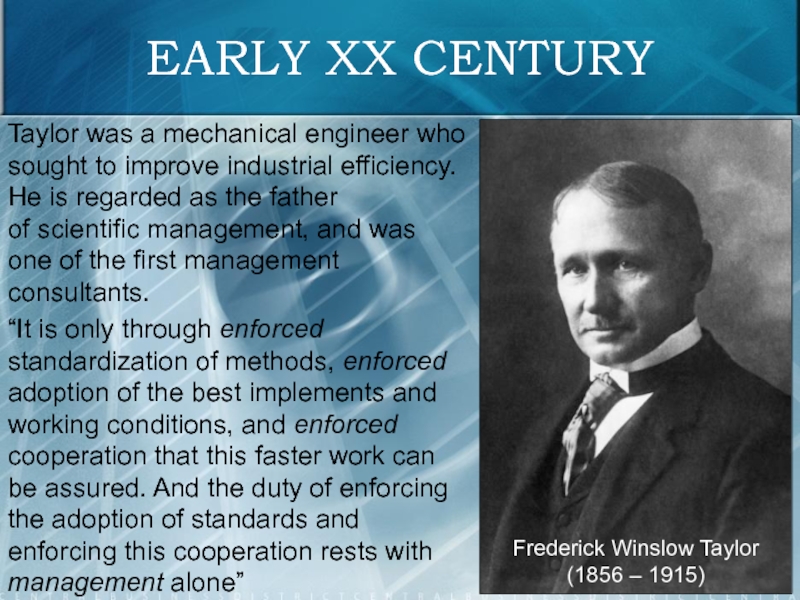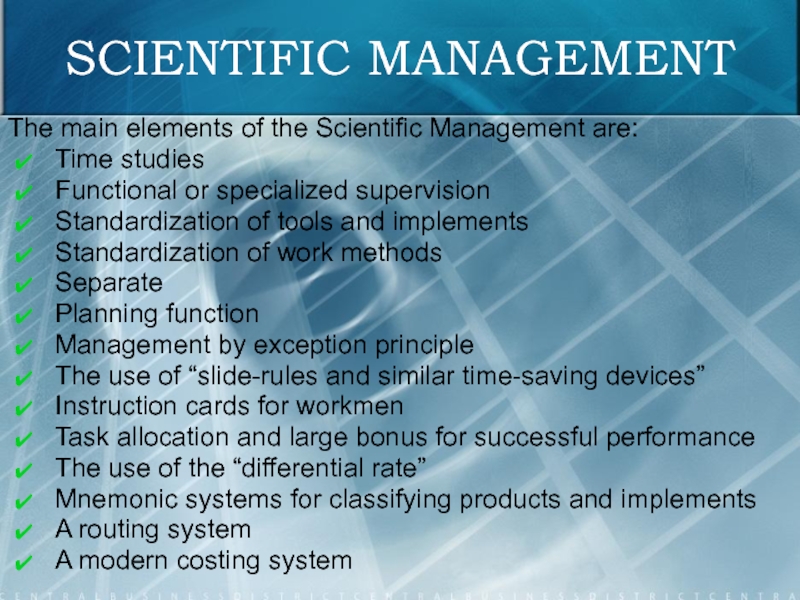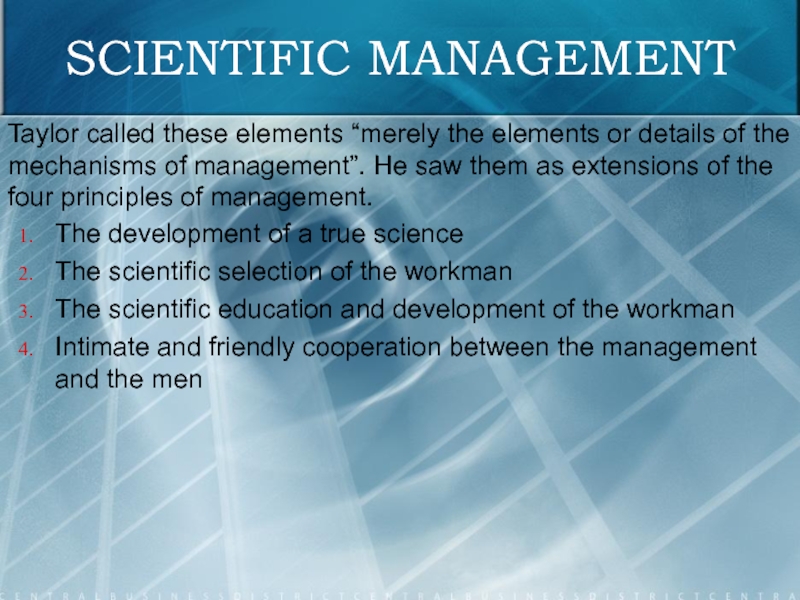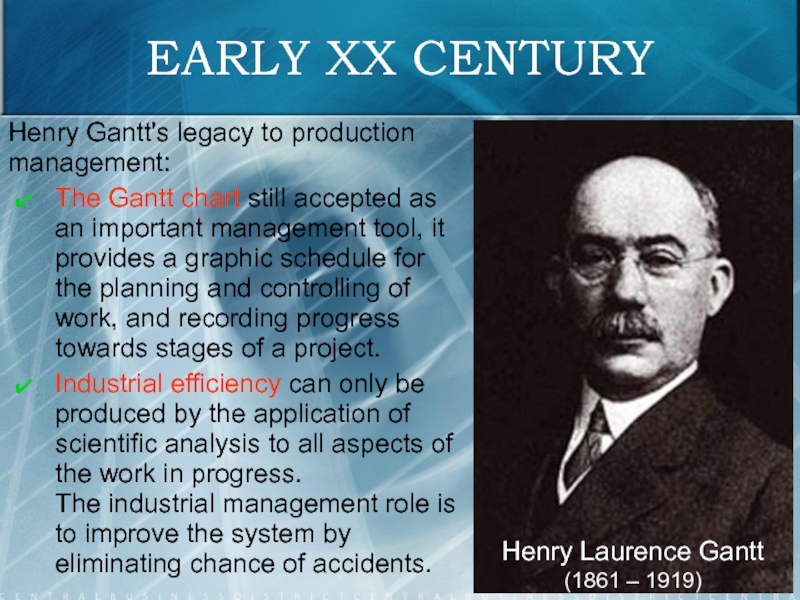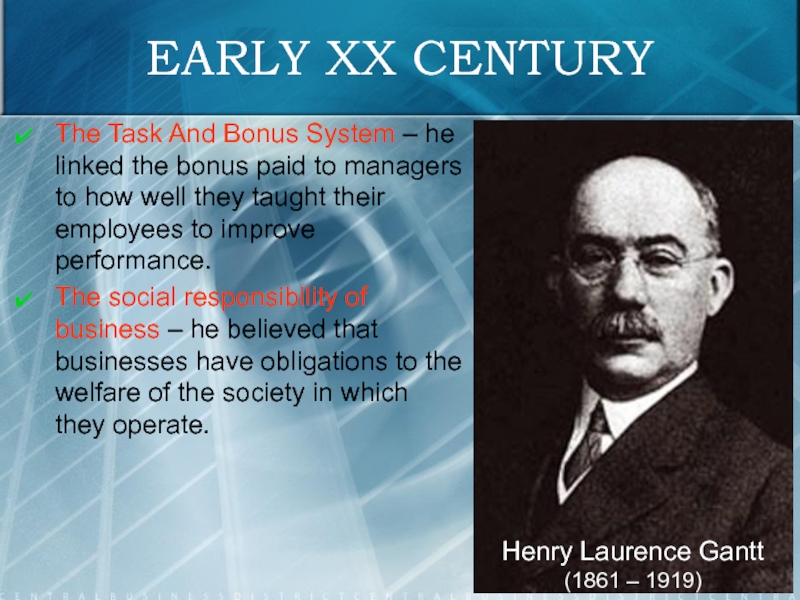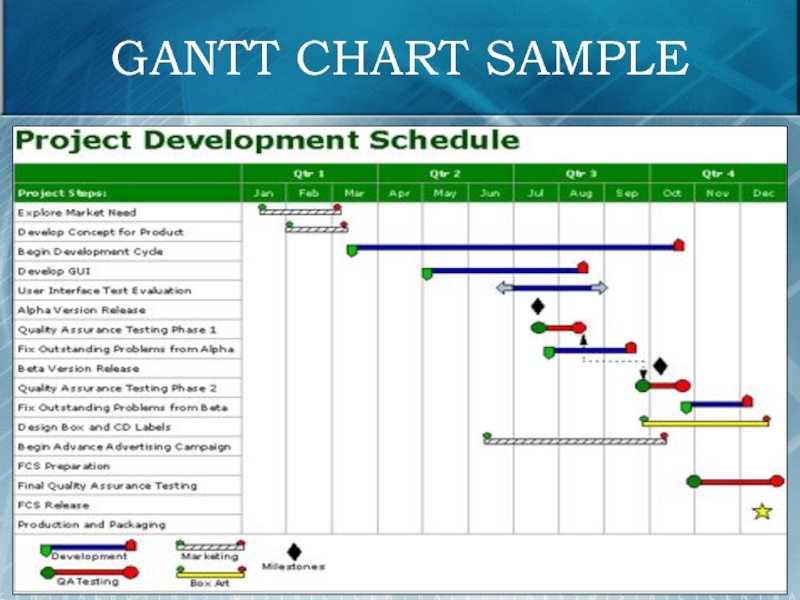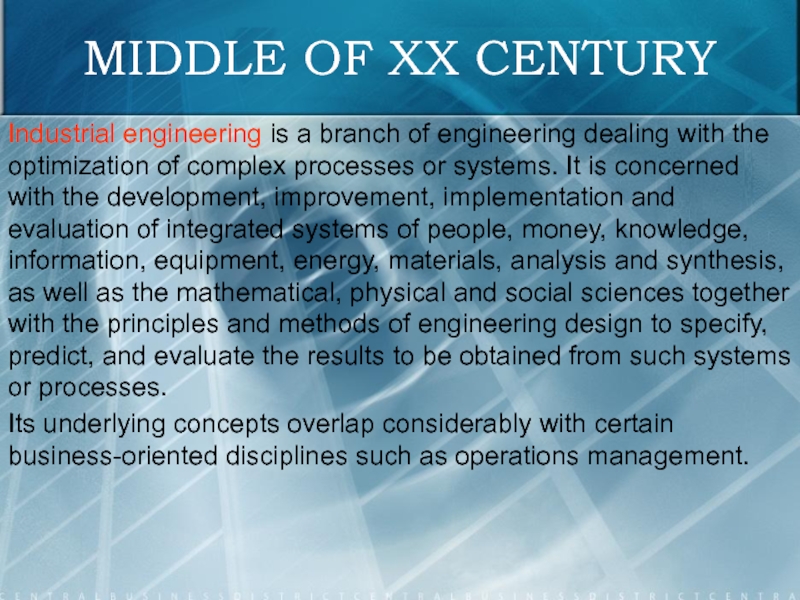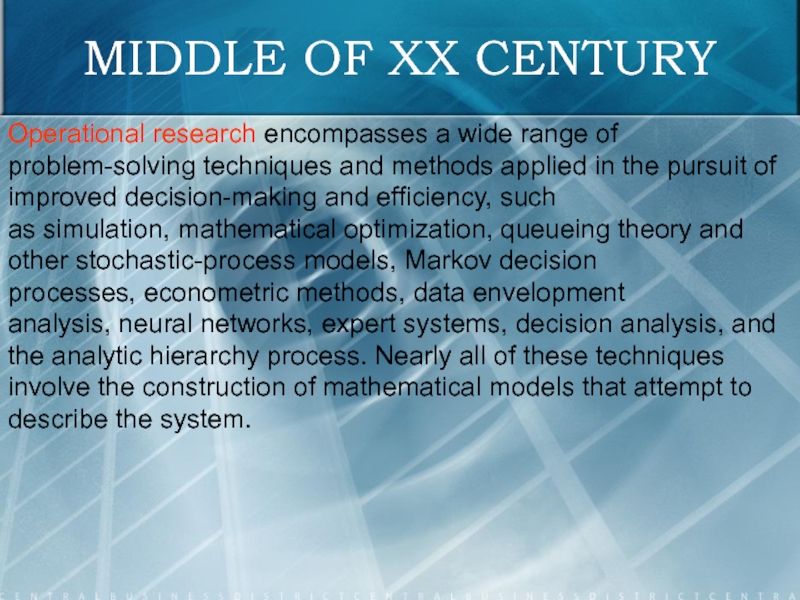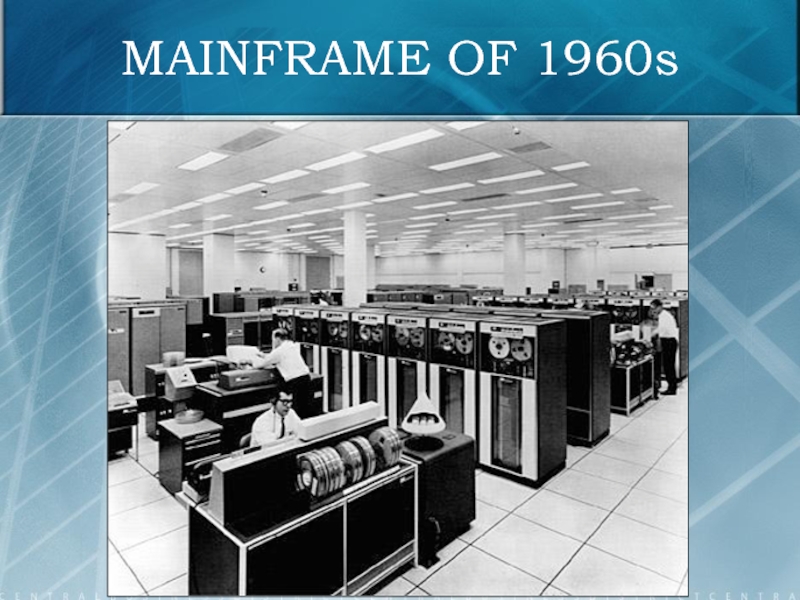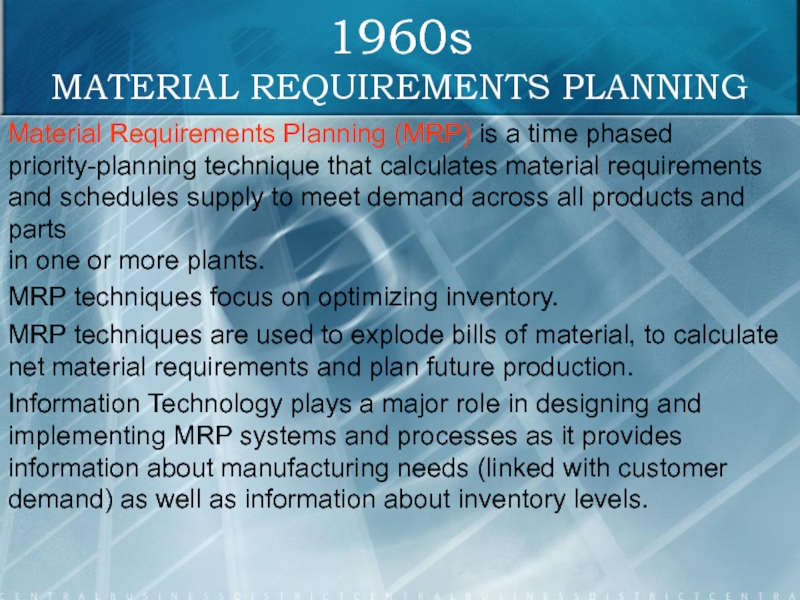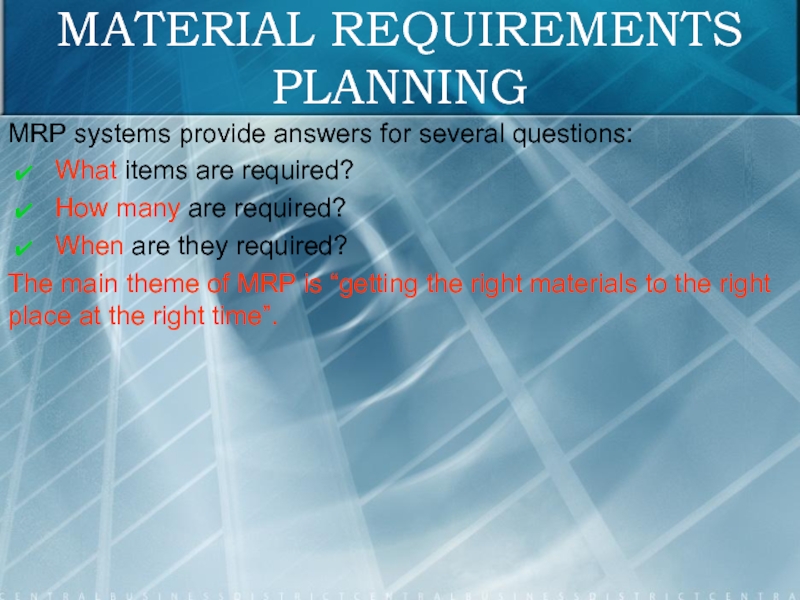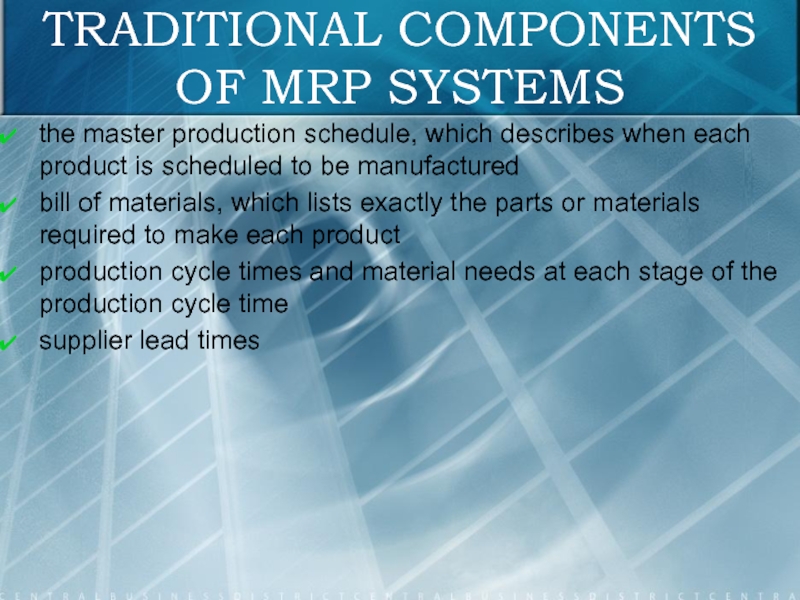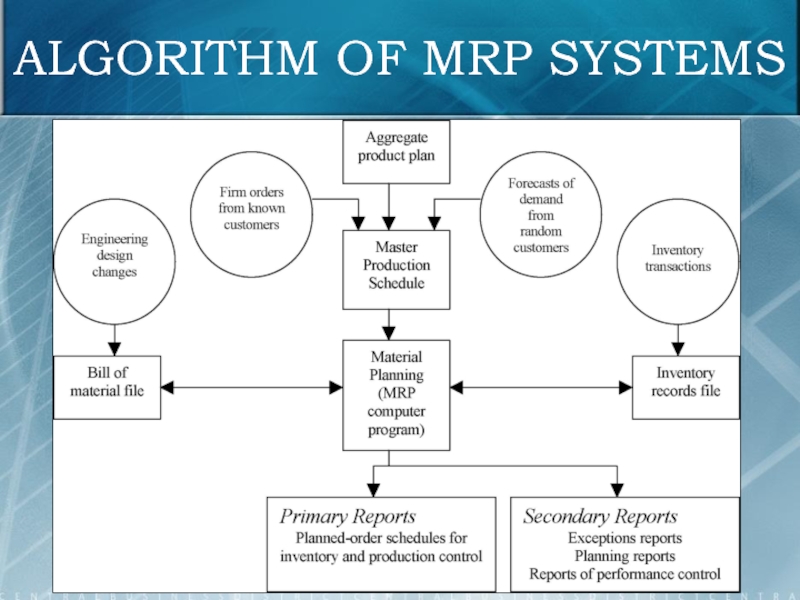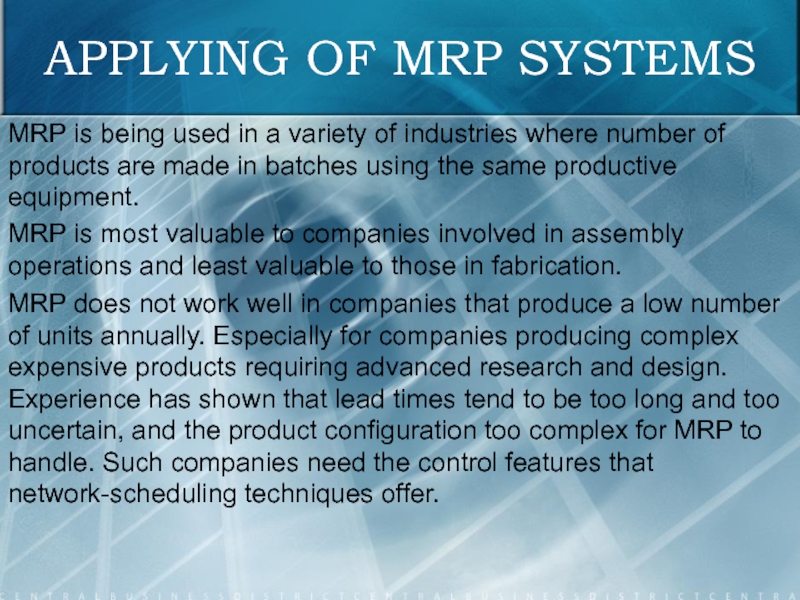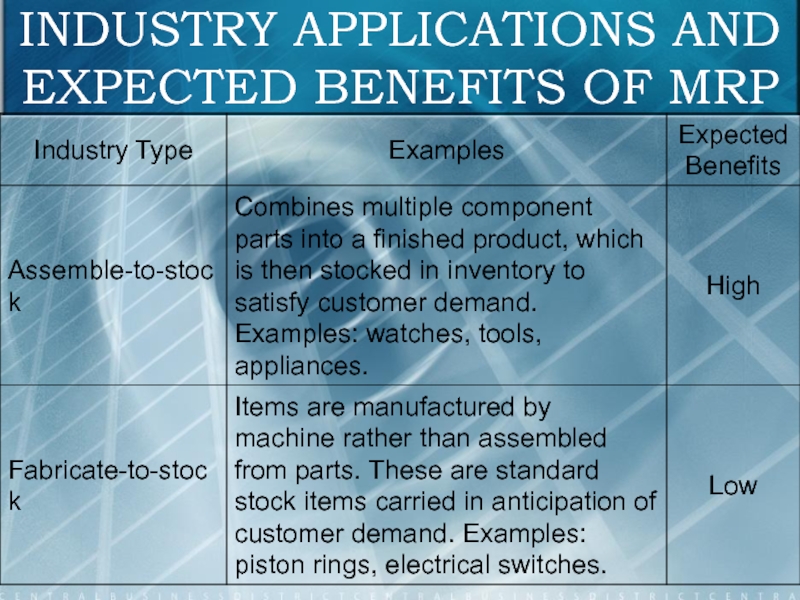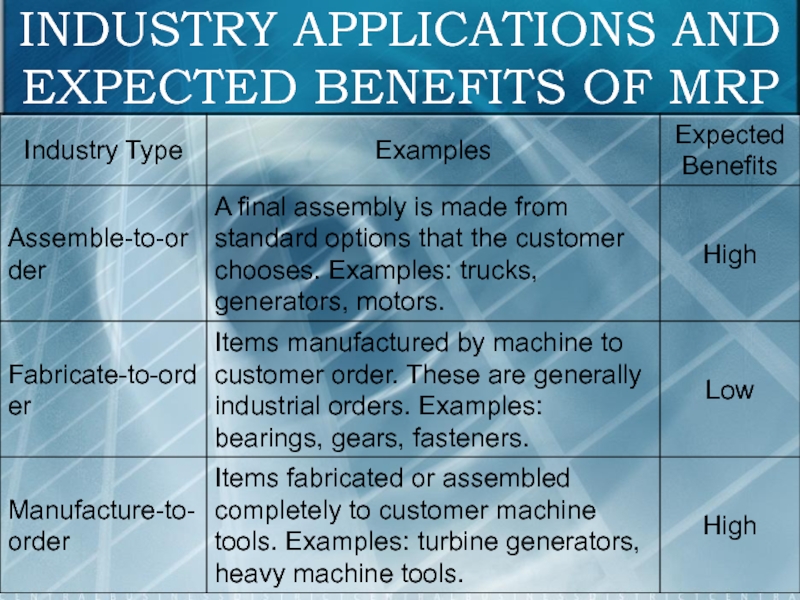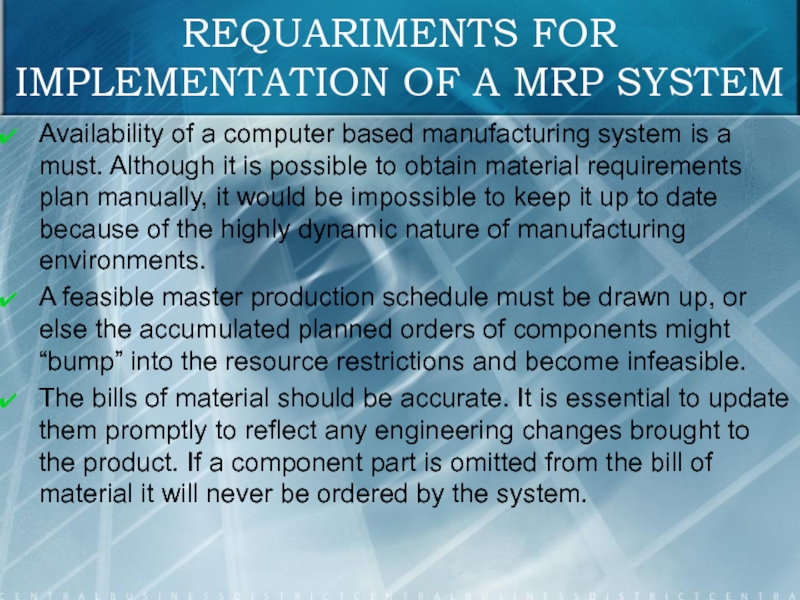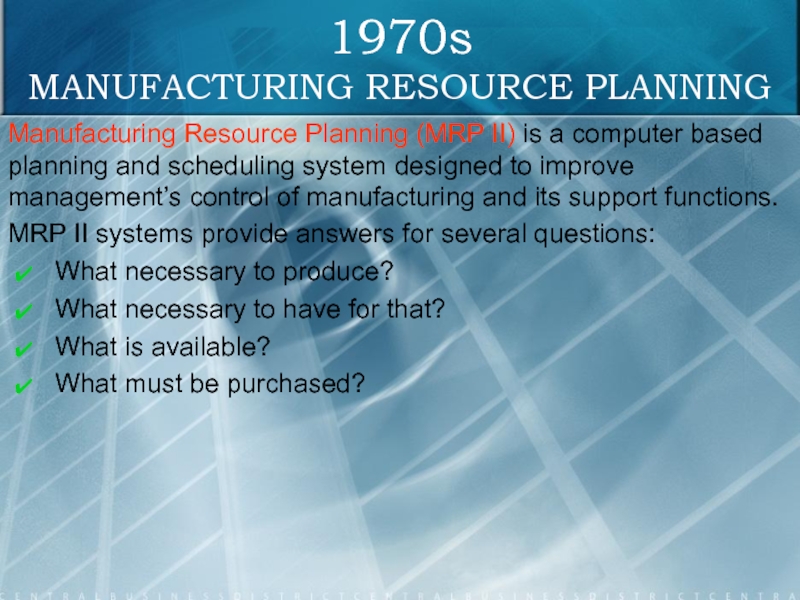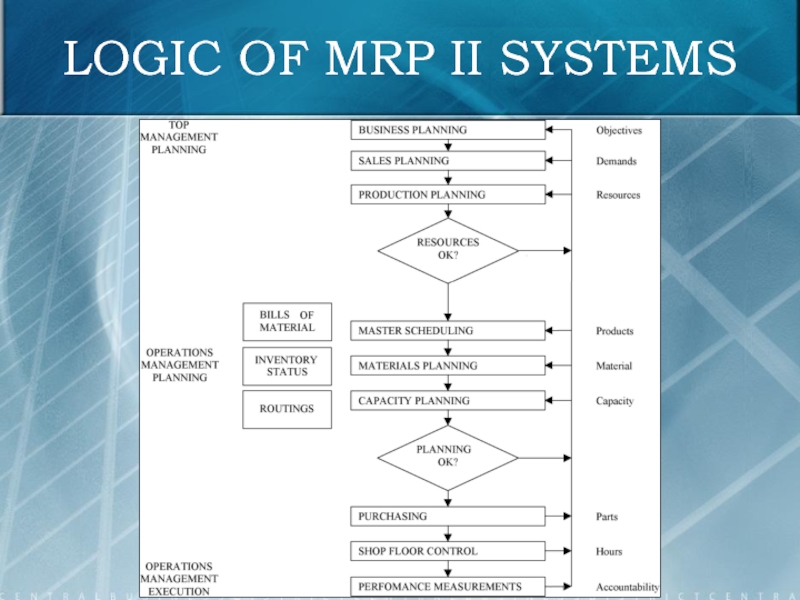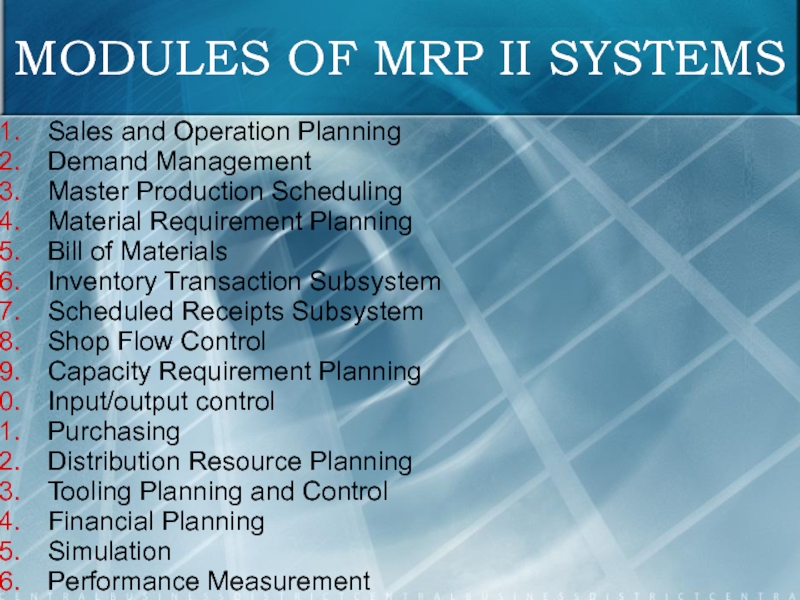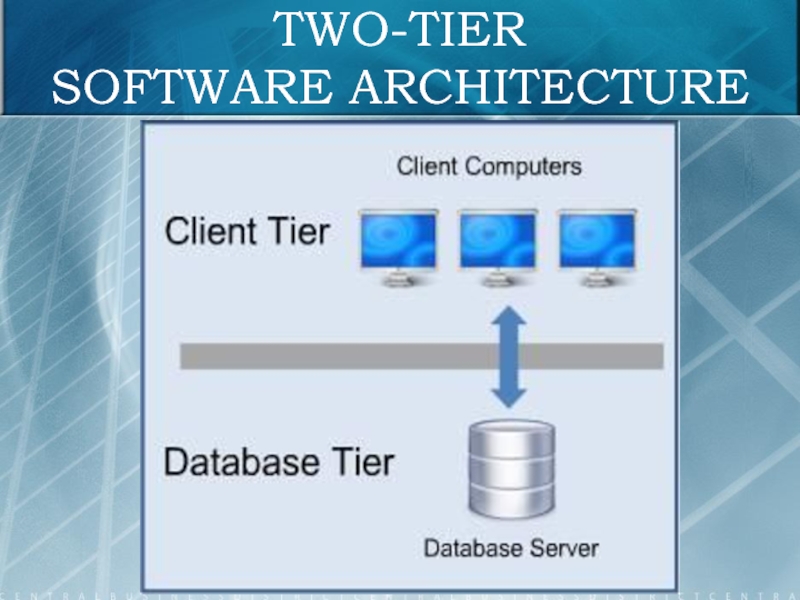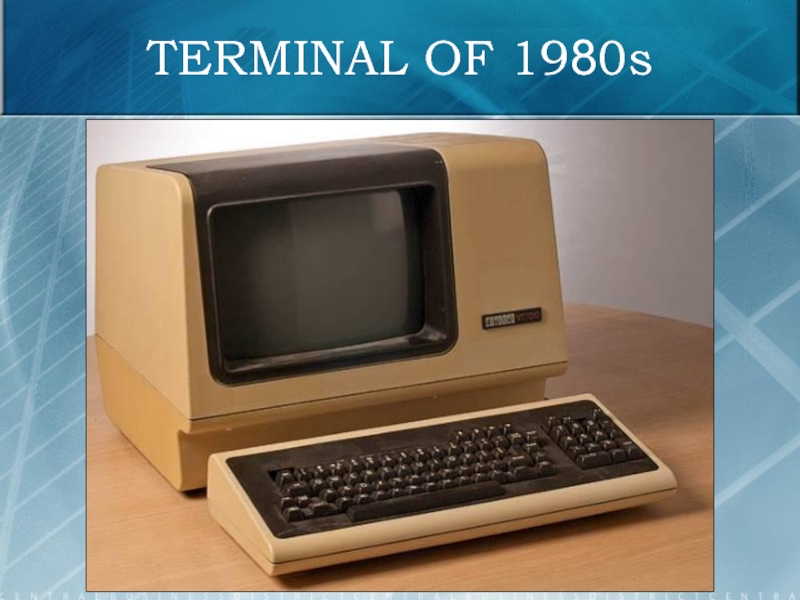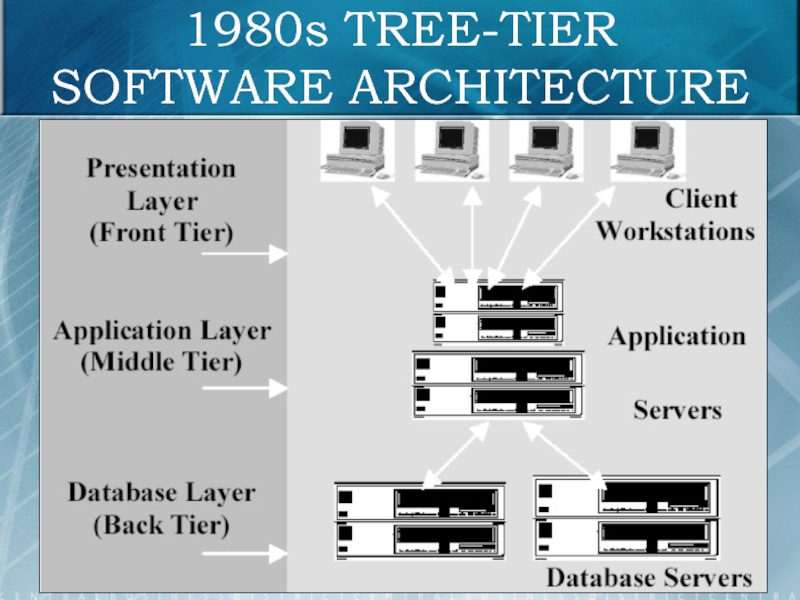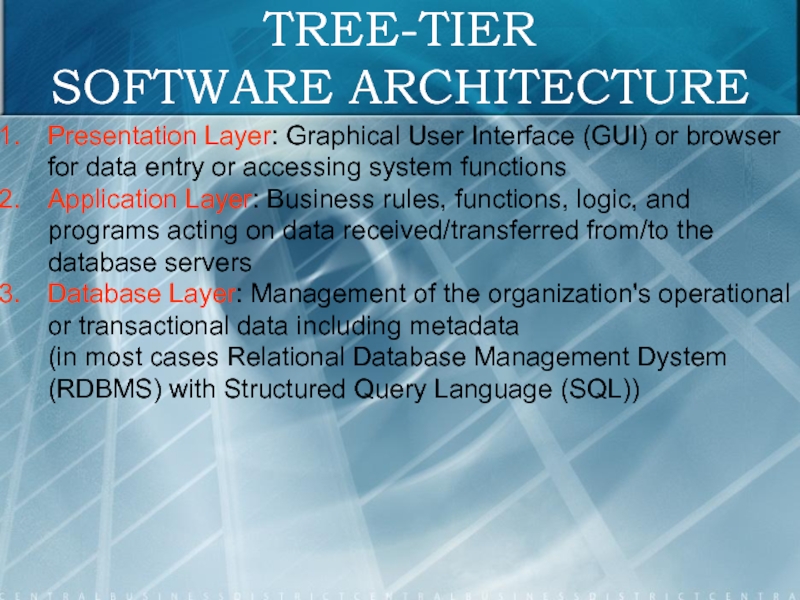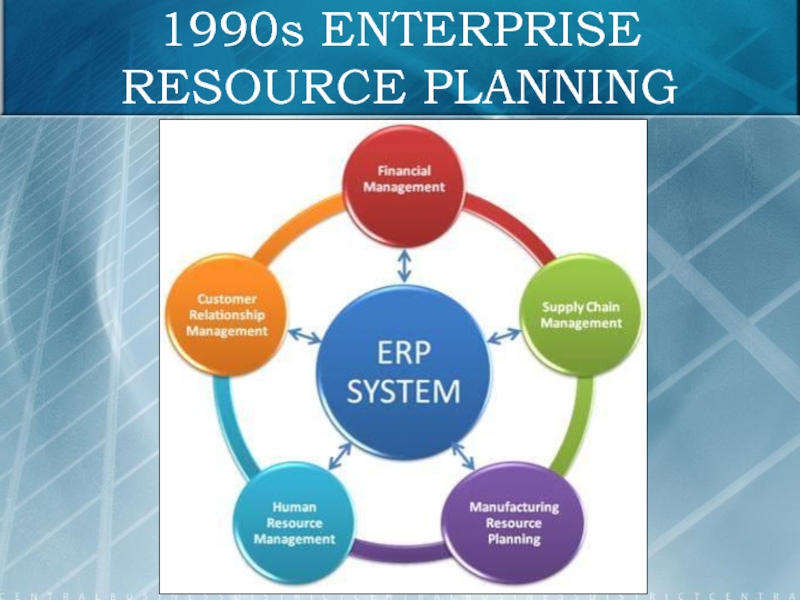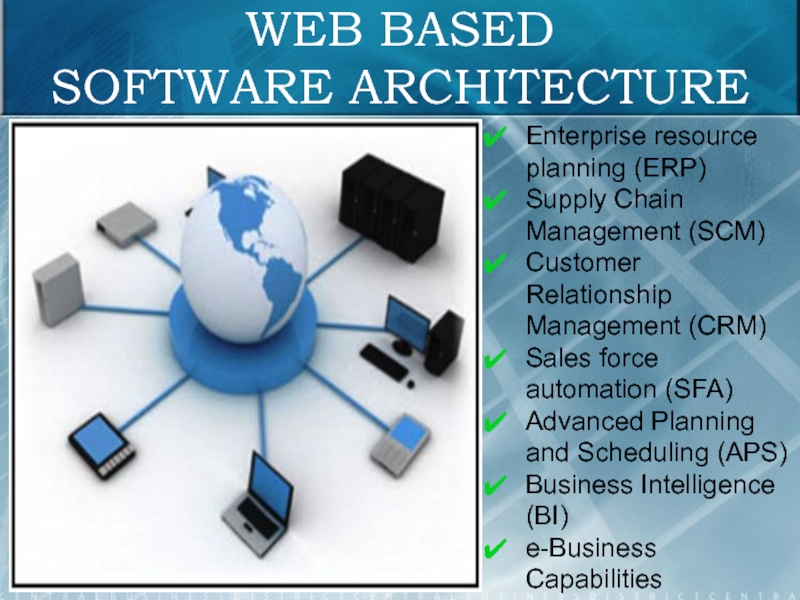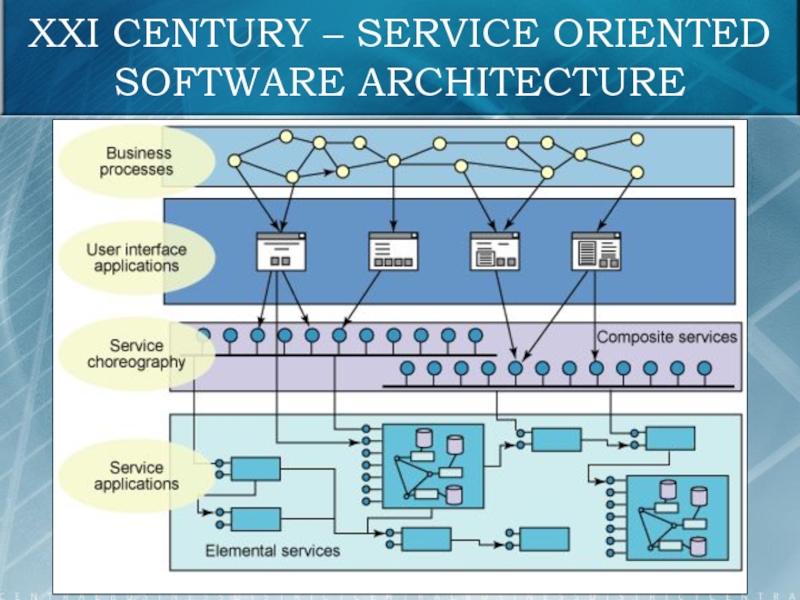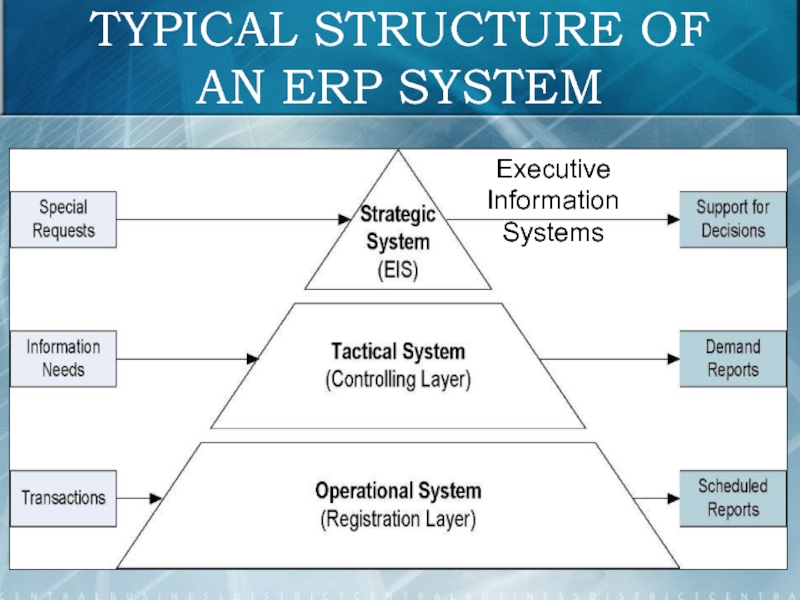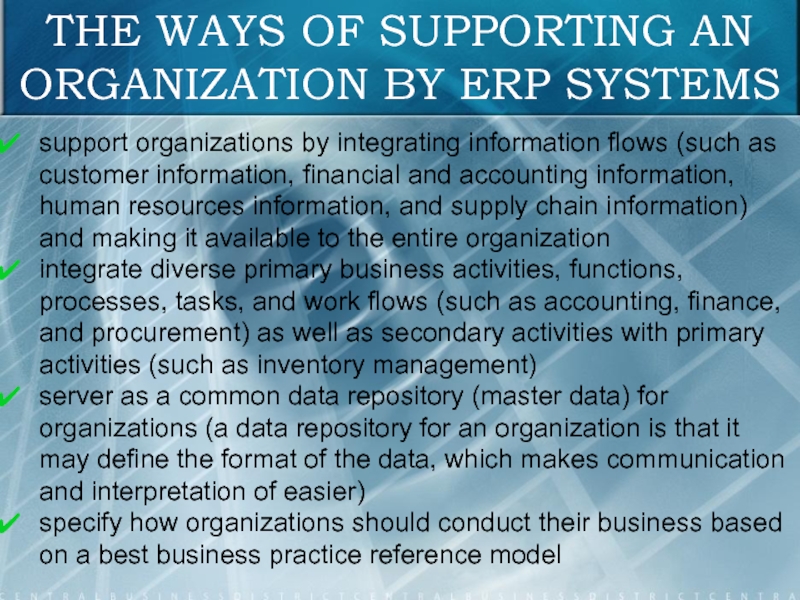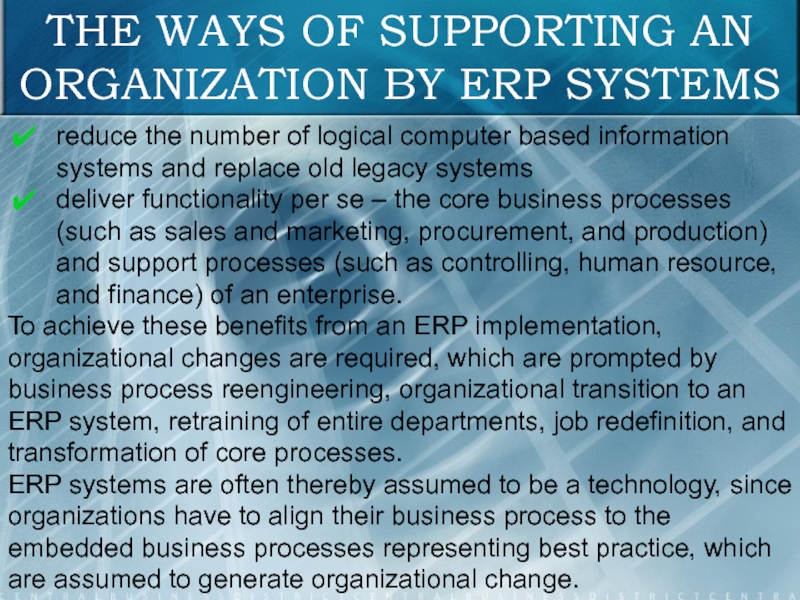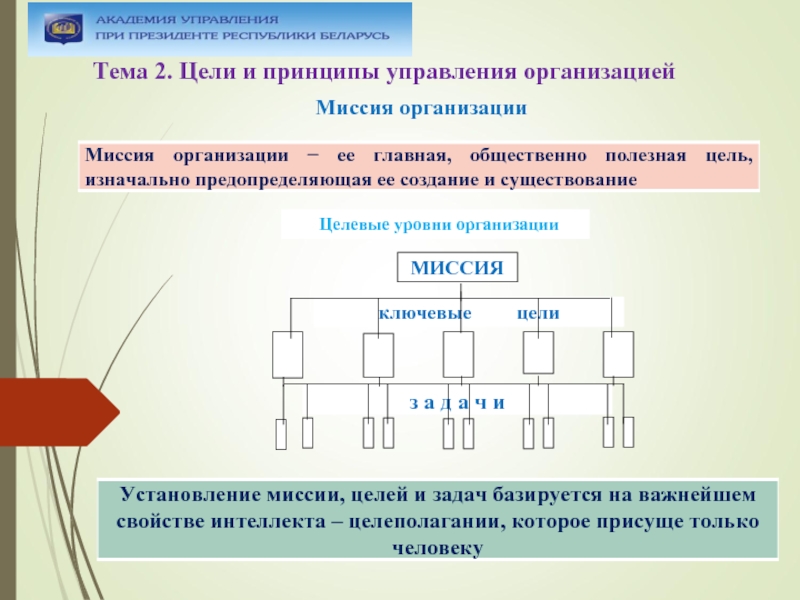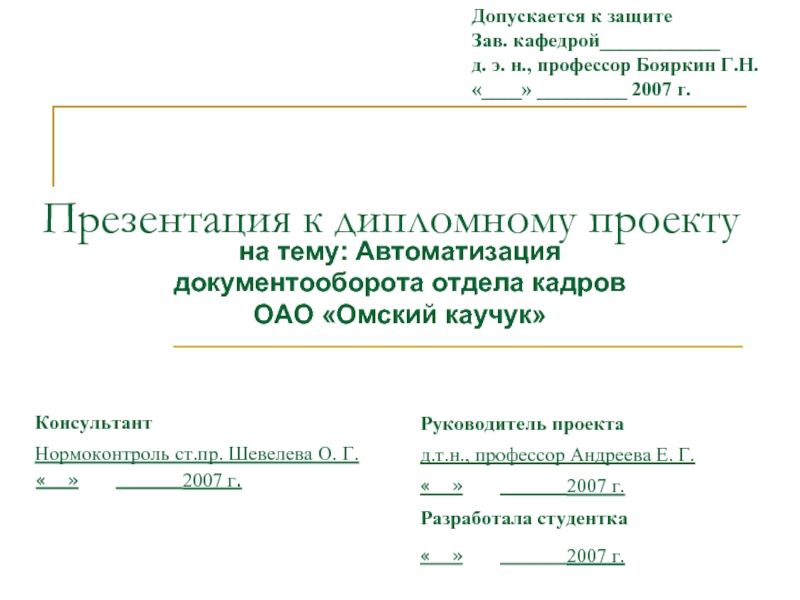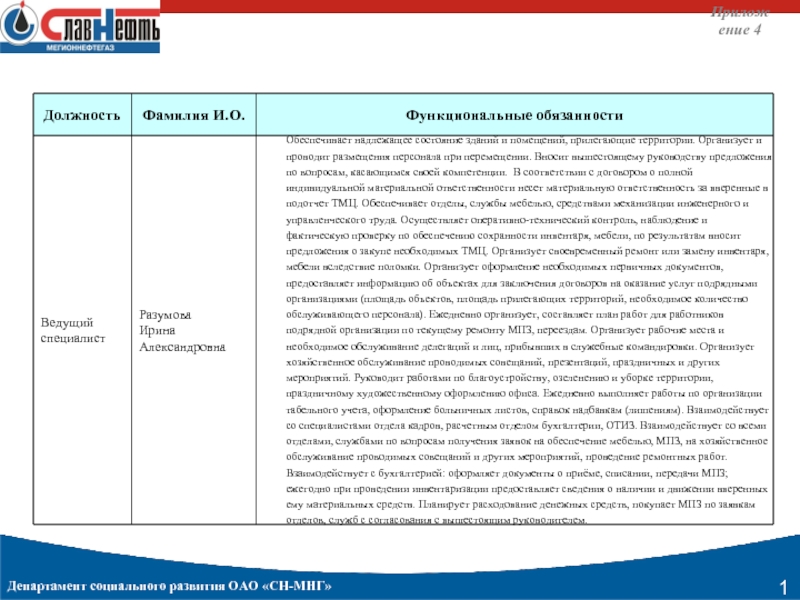- Главная
- Разное
- Дизайн
- Бизнес и предпринимательство
- Аналитика
- Образование
- Развлечения
- Красота и здоровье
- Финансы
- Государство
- Путешествия
- Спорт
- Недвижимость
- Армия
- Графика
- Культурология
- Еда и кулинария
- Лингвистика
- Английский язык
- Астрономия
- Алгебра
- Биология
- География
- Детские презентации
- Информатика
- История
- Литература
- Маркетинг
- Математика
- Медицина
- Менеджмент
- Музыка
- МХК
- Немецкий язык
- ОБЖ
- Обществознание
- Окружающий мир
- Педагогика
- Русский язык
- Технология
- Физика
- Философия
- Химия
- Шаблоны, картинки для презентаций
- Экология
- Экономика
- Юриспруденция
Evolution of management and enterprise systems презентация
Содержание
- 1. Evolution of management and enterprise systems
- 2. 1776 Adam Smith published “The Wealth of
- 3. 1820s The railroad companies introduced bureaucracies to
- 4. EARLY XX CENTURY Taylor was a mechanical
- 5. SCIENTIFIC MANAGEMENT The main elements of the
- 6. SCIENTIFIC MANAGEMENT Taylor called these elements “merely
- 7. EARLY XX CENTURY Henry Gantt's legacy to production
- 8. EARLY XX CENTURY The Task And Bonus
- 9. GANTT CHART SAMPLE
- 10. EARLY XX CENTURY Henry Ford introduced the
- 11. MIDDLE OF XX CENTURY Industrial engineering is a
- 12. MIDDLE OF XX CENTURY Operational research encompasses
- 13. 60S OF XX CENTURY
- 14. MAINFRAME OF 1960s
- 15. 1960s MATERIAL REQUIREMENTS PLANNING Material Requirements Planning
- 16. MATERIAL REQUIREMENTS PLANNING MRP systems provide answers
- 17. TRADITIONAL COMPONENTS OF MRP SYSTEMS the master
- 18. ALGORITHM OF MRP SYSTEMS
- 19. APPLYING OF MRP SYSTEMS MRP is being
- 20. INDUSTRY APPLICATIONS AND EXPECTED BENEFITS OF MRP
- 21. INDUSTRY APPLICATIONS AND EXPECTED BENEFITS OF MRP
- 22. INDUSTRY APPLICATIONS AND EXPECTED BENEFITS OF MRP
- 23. REQUARIMENTS FOR IMPLEMENTATION OF A MRP SYSTEM
- 24. REQUARIMENTS FOR IMPLEMENTATION OF A MRP SYSTEM
- 25. 1970s MANUFACTURING RESOURCE PLANNING Manufacturing Resource Planning
- 26. LOGIC OF MRP II SYSTEMS
- 27. Sales and Operation Planning Demand Management Master
- 28. TWO-TIER SOFTWARE ARCHITECTURE
- 29. TERMINAL OF 1980s
- 30. 1980s TREE-TIER SOFTWARE ARCHITECTURE
- 31. Presentation Layer: Graphical User Interface (GUI) or
- 32. 1990s ENTERPRISE RESOURCE PLANNING
- 33. WEB BASED SOFTWARE ARCHITECTURE Enterprise resource planning
- 34. WEB-ENABLED EXTENDED ERP SYSTEM
- 35. XXI CENTURY – SERVICE ORIENTED SOFTWARE ARCHITECTURE
- 36. TYPICAL STRUCTURE OF AN ERP SYSTEM Executive Information Systems
- 37. THE WAYS OF SUPPORTING AN ORGANIZATION BY
- 38. THE WAYS OF SUPPORTING AN ORGANIZATION BY
Слайд 21776
Adam Smith published
“The Wealth of Nations”.
In this, he suggested the specialization
Adam Smith
(1723 – 1790)
Слайд 31820s
The railroad companies introduced bureaucracies to avoid collisions on single-track lines
This was the forerunner of the command-and-control system still in use today – where there are workers and supervisors to keep things organized.
Слайд 4EARLY XX CENTURY
Taylor was a mechanical engineer who sought to improve industrial
“It is only through enforced standardization of methods, enforced adoption of the best implements and working conditions, and enforced cooperation that this faster work can be assured. And the duty of enforcing the adoption of standards and enforcing this cooperation rests with management alone”
Frederick Winslow Taylor
(1856 – 1915)
Слайд 5SCIENTIFIC MANAGEMENT
The main elements of the Scientific Management are:
Time studies
Functional or
Standardization of tools and implements
Standardization of work methods
Separate
Planning function
Management by exception principle
The use of “slide-rules and similar time-saving devices”
Instruction cards for workmen
Task allocation and large bonus for successful performance
The use of the “differential rate”
Mnemonic systems for classifying products and implements
A routing system
A modern costing system
Слайд 6SCIENTIFIC MANAGEMENT
Taylor called these elements “merely the elements or details of
The development of a true science
The scientific selection of the workman
The scientific education and development of the workman
Intimate and friendly cooperation between the management and the men
Слайд 7EARLY XX CENTURY
Henry Gantt's legacy to production management:
The Gantt chart still accepted as
Industrial efficiency can only be produced by the application of scientific analysis to all aspects of the work in progress. The industrial management role is to improve the system by eliminating chance of accidents.
Henry Laurence Gantt
(1861 – 1919)
Слайд 8EARLY XX CENTURY
The Task And Bonus System – he linked the
The social responsibility of business – he believed that businesses have obligations to the welfare of the society in which they operate.
Henry Laurence Gantt
(1861 – 1919)
Слайд 10EARLY XX CENTURY
Henry Ford introduced the assembly line – workers performed
Слайд 11MIDDLE OF XX CENTURY
Industrial engineering is a branch of engineering dealing with the optimization
Its underlying concepts overlap considerably with certain business-oriented disciplines such as operations management.
Слайд 12MIDDLE OF XX CENTURY
Operational research encompasses a wide range of problem-solving
Слайд 151960s
MATERIAL REQUIREMENTS PLANNING
Material Requirements Planning (MRP) is a time phased priority-planning
MRP techniques focus on optimizing inventory.
MRP techniques are used to explode bills of material, to calculate net material requirements and plan future production.
Information Technology plays a major role in designing and implementing MRP systems and processes as it provides information about manufacturing needs (linked with customer demand) as well as information about inventory levels.
Слайд 16MATERIAL REQUIREMENTS PLANNING
MRP systems provide answers for several questions:
What items are
How many are required?
When are they required?
The main theme of MRP is “getting the right materials to the right place at the right time”.
Слайд 17TRADITIONAL COMPONENTS OF MRP SYSTEMS
the master production schedule, which describes when
bill of materials, which lists exactly the parts or materials required to make each product
production cycle times and material needs at each stage of the production cycle time
supplier lead times
Слайд 19APPLYING OF MRP SYSTEMS
MRP is being used in a variety of
MRP is most valuable to companies involved in assembly operations and least valuable to those in fabrication.
MRP does not work well in companies that produce a low number of units annually. Especially for companies producing complex expensive products requiring advanced research and design. Experience has shown that lead times tend to be too long and too uncertain, and the product configuration too complex for MRP to handle. Such companies need the control features that network-scheduling techniques offer.
Слайд 23REQUARIMENTS FOR IMPLEMENTATION OF A MRP SYSTEM
Availability of a computer based
A feasible master production schedule must be drawn up, or else the accumulated planned orders of components might “bump” into the resource restrictions and become infeasible.
The bills of material should be accurate. It is essential to update them promptly to reflect any engineering changes brought to the product. If a component part is omitted from the bill of material it will never be ordered by the system.
Слайд 24REQUARIMENTS FOR IMPLEMENTATION OF A MRP SYSTEM
Inventory records should be a
Lead times for all inventory items should be known and given to the MRP system.
Shop floor discipline is necessary to ensure that orders are processed in conformity with the established priorities. Otherwise, the lead times passed to MRP will not materialize.
Слайд 251970s
MANUFACTURING RESOURCE PLANNING
Manufacturing Resource Planning (MRP II) is a computer based
MRP II systems provide answers for several questions:
What necessary to produce?
What necessary to have for that?
What is available?
What must be purchased?
Слайд 27Sales and Operation Planning
Demand Management
Master Production Scheduling
Material Requirement Planning
Bill of Materials
Inventory
Scheduled Receipts Subsystem
Shop Flow Control
Capacity Requirement Planning
Input/output control
Purchasing
Distribution Resource Planning
Tooling Planning and Control
Financial Planning
Simulation
Performance Measurement
MODULES OF MRP II SYSTEMS
Слайд 31Presentation Layer: Graphical User Interface (GUI) or browser for data entry
Application Layer: Business rules, functions, logic, and programs acting on data received/transferred from/to the database servers
Database Layer: Management of the organization's operational or transactional data including metadata (in most cases Relational Database Management Dystem (RDBMS) with Structured Query Language (SQL))
TREE-TIER
SOFTWARE ARCHITECTURE
Слайд 33WEB BASED
SOFTWARE ARCHITECTURE
Enterprise resource planning (ERP)
Supply Chain Management (SCM)
Customer Relationship Management
Sales force automation (SFA)
Advanced Planning and Scheduling (APS)
Business Intelligence (BI)
e-Business Capabilities
Слайд 37THE WAYS OF SUPPORTING AN ORGANIZATION BY ERP SYSTEMS
support organizations by
integrate diverse primary business activities, functions, processes, tasks, and work flows (such as accounting, finance, and procurement) as well as secondary activities with primary activities (such as inventory management)
server as a common data repository (master data) for organizations (a data repository for an organization is that it may define the format of the data, which makes communication and interpretation of easier)
specify how organizations should conduct their business based on a best business practice reference model
Слайд 38THE WAYS OF SUPPORTING AN ORGANIZATION BY ERP SYSTEMS
reduce the number
deliver functionality per se – the core business processes (such as sales and marketing, procurement, and production) and support processes (such as controlling, human resource, and finance) of an enterprise.
To achieve these benefits from an ERP implementation, organizational changes are required, which are prompted by business process reengineering, organizational transition to an ERP system, retraining of entire departments, job redefinition, and transformation of core processes.
ERP systems are often thereby assumed to be a technology, since organizations have to align their business process to the embedded business processes representing best practice, which are assumed to generate organizational change.
